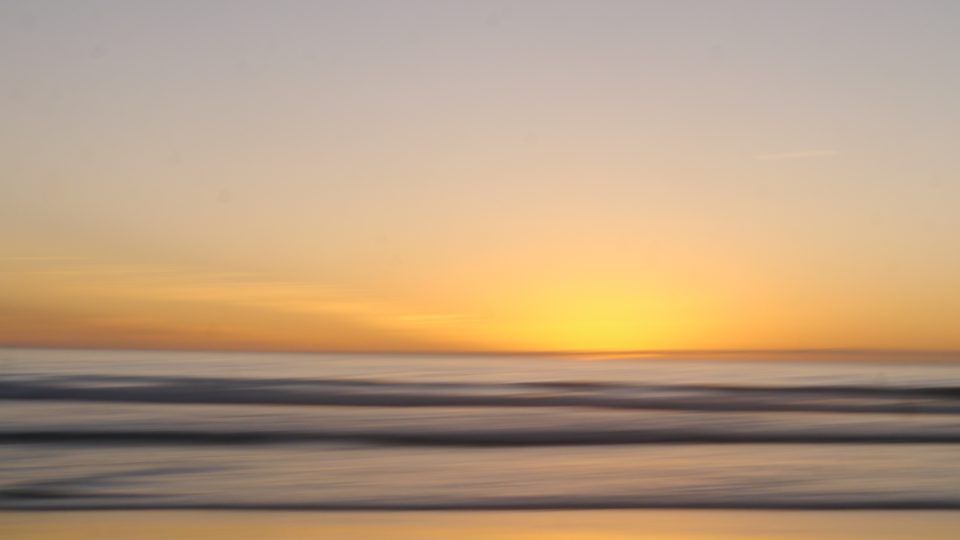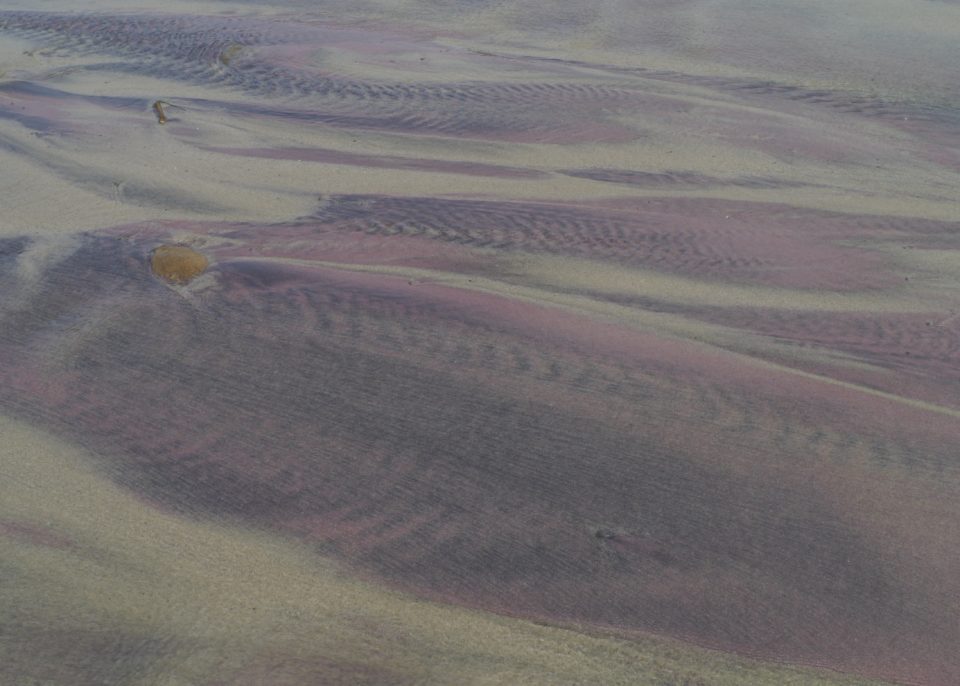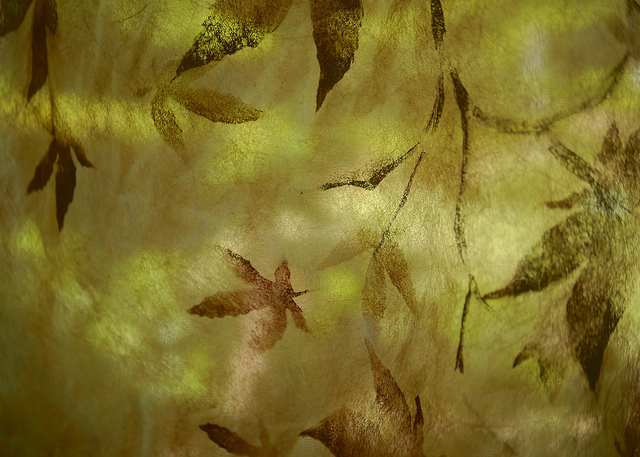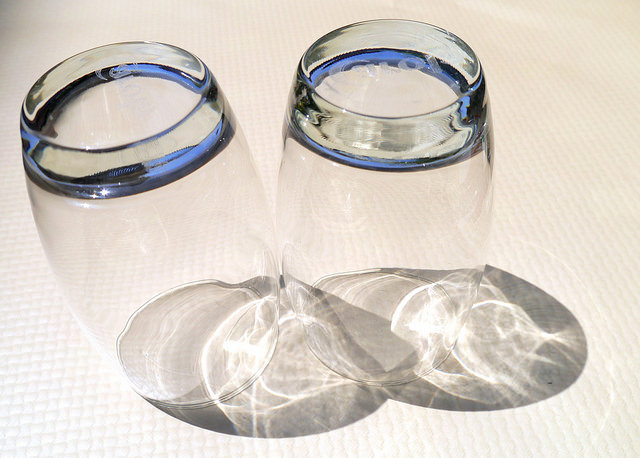
While I’m lucky to live near the Great Lake of Ontario, I also long to visit the ocean. A few years ago, I made a pact with myself to try to visit the ocean at least once a year. Feeling the sand between my toes, hearing the ebb and flow of the tide, and witnessing the sunsets fills me with wonder – one of the nine contemplative habits. Last month, I visited the Pacific Ocean and experienced the sunset above with hundreds of others at Carmel-by-the-Sea.
Business artist Jeffrey Davis tracks wonder and in a post from Psychology Today, he describes three faces of wonder – wide-eyed, vertigo, and quiet. Below I picture each.
Wide-Eyed

When we think of wonder, it’s mostly the wide-eyed kind, that child-like, naive form, full of innocence, awe, or astonishment. It tends to be a rare event, often startling. It stops us short and begs us to notice and appreciate.
I experienced this type of wonder in California when I saw the purple sand at Pfeiffer Beach in the Big Sur area. It filled me with excitement and I photographed it in all of its abstract wonder. It also aroused my curiosity and I discovered that the colour was caused by manganese garnet in the hills being eroded and washed down the creek to the beach.
Many photographs are created with the goal of capturing just these types of awe-filled moments; beautiful scenes that tend to come along once in a blue moon and when we’re in exotic places. We all love these moments. They create a sense of meaning, a feeling of being alive.
Vertigo

This is the face of wonder that emerges from a crisis or disruption or challenge; even a block in the creative process. It’s a time of “fertile confusion,” as Davis calls it, sometimes unwelcome and often uncomfortable, for example, when an accident, job loss, or diagnosis catches us short.
Or, it could arise in a more subtle way, a general malaise that says I can’t go on living this way or I just don’t know where to go with this or what to do next. It feels like we’re out of balance and can’t see clearly. We might feel fearful or we might feel a sense of something new and exciting on the horizon. It’s a time of wondering and pausing and questioning, of living in uncertainty.
In that disorientation, we can feel delight and confusion, joy and fear, exhilaration and anxiety simultaneously. Who am I? Where am I? Who might I become? Where might I go? How will I get through this? ~ Jeffrey Davis
This time of vertigo invites us to wonder about possibilities not apparent before – to reframe our world in a brand new way. We might write, create a piece of art, or take a trip to gain perspective. We might take time to grieve a loss or do nothing but patiently wait for answers to emerge.
To me, the image above reflects this feeling of vertigo, as well as reframing the world in a new way. I noticed the way the sheer curtain at a friend’s place reflected and merged with the greenery outside. This is a deeper level of seeing not often witnessed without plenty of practice.
When we’re in a time of fertile confusion in our photography (often called a rut), we can practice writing about our photographs to uncover possibilities. What we photograph often reflects what we’re thinking and feeling and may provide clues as to new steps we can take. It enables us to see themes or patterns or threads in our photography. This is the premise behind the visual journaling workshop, Once Upon a Time: Our Photographs have Stories to Tell.
Quiet

This is the contemplative face of wonder, where we see the beauty in ourselves, others, or our everyday life exactly as it is, without judgment. It’s when we notice the subtle, everyday moments that make life meaningful, like the way the blue sky reflects in these glasses and the sunlight creates intermingled shadows. It’s noticing and appreciating simple moments, the touch of another’s hand or the lifelines on your partner’s face. Quiet wonder feels satisfying. In these moments, life is enough just as it is.
This is a face of wonder often not acknowledged or appreciated, yet it’s available to us every single day. By tapping into it, we can greatly increase our satisfaction in life. Neuropsychologist Rick Hanson says that we don’t stay with our positive experiences long enough, but if we do we can rewire our brains for greater happiness.
People don’t recognize the hidden power of everyday experiences. We’re surrounded by opportunities — 10 seconds here or 20 seconds there — to just register useful experiences and learn from them. People don’t do that when they could. ~ Rick Hanson
With photography, we can do just that; notice, stay, and appreciate an experience of quiet wonder, decide how to frame it, and then click the shutter. Neurons are firing! It’s not absolutely necessary to take the picture, but I see that click as a way of cementing the experience or honouring the moment. It’s a way of cultivating quiet wonder every day.
Which face of wonder have you experienced lately?
Discover the “surprising science behind the remarkable effects of water on our health and well-being” in this book, Blue Mind, by marine biologist Wallace J Nichols, one of my favourites from 2015.
The “Vertigo” image is stunning! Wonderful posting…thank you!
gorgeous sunset on the Pacific Ocean, Kim. I do especially love that shot of the two glasses and their gorgeous dancing reflections on the surface of the table.
“Recognizing the hidden power of everyday experiences” is something that I love to do throughout my day!
Happy Easter Day! Sandra